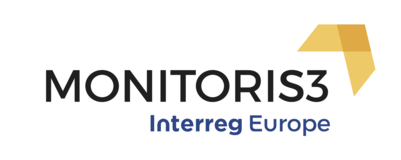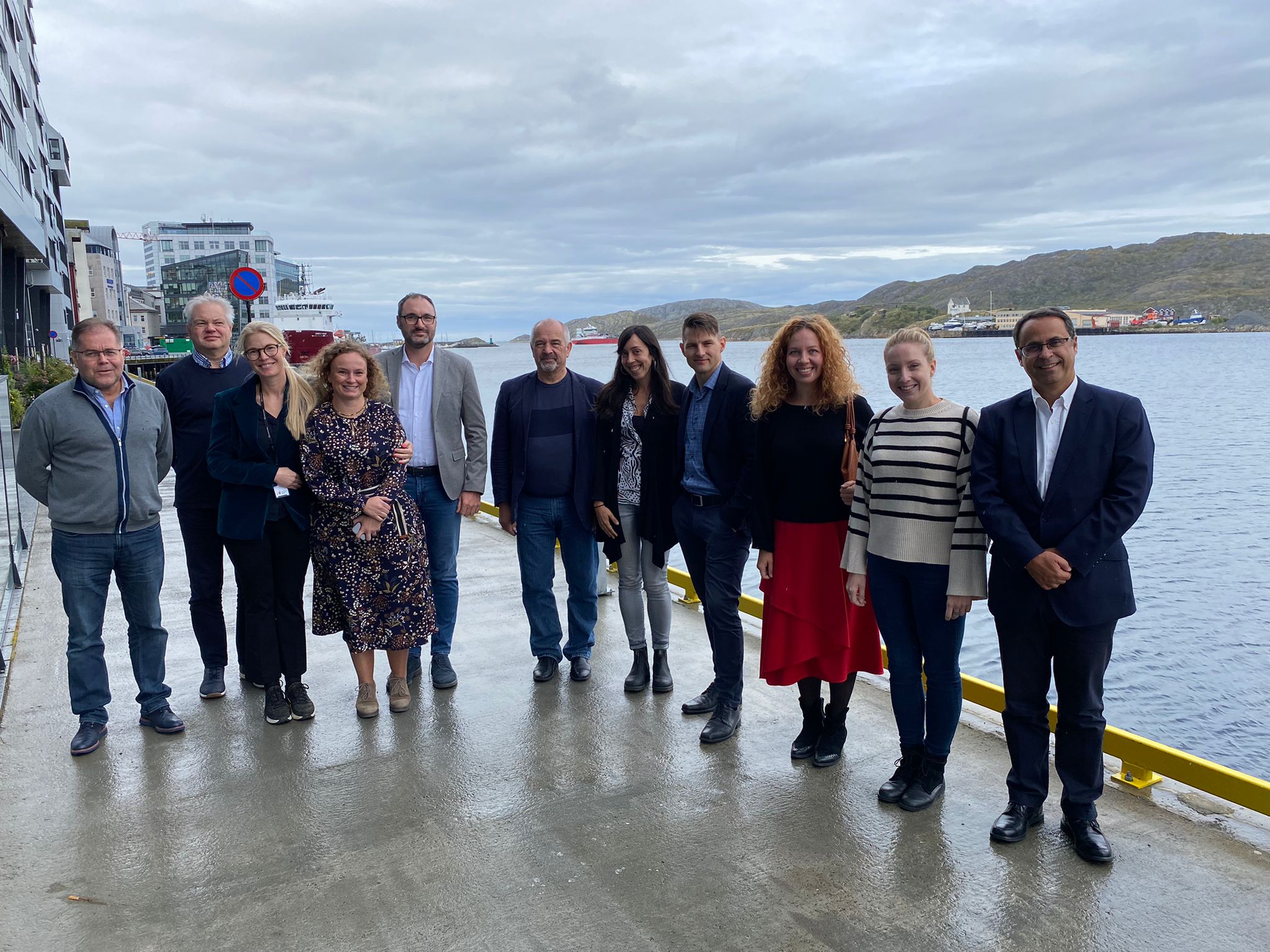In order to reach the goal of proposing a set of improved RIS3 Indicators and some specific advice concerning the policy instruments applied to RIN, the starting points considered are:
-the set of indicators selected and proposed by GAIN in MonitoRIS3, in monitoring the regional programme “Joint Research Units”;
-an analysis of potential indicators performed by the University of Verona and IUAV, that provided hints and elements to better guide the selection of criteria;
-the implementation, in collaboration with the Veneto Region, of the Regional Innovative Networks (RINs) monitoring process.
As in many approaches concerning monitoring, the methodology developed by the regional agency GAIN for the monitoring of the regional programme “Joint Research Units” foresee the collection of data regarding a comprehensive set of indicators divided into three main categories: performance indicators, results indicators and impact indicators.
With a view to streamlining the monitoring process and therefore the collection and management of data relating to the indicators, the RIS3 monitoring model was aligned with the output indicators of the ROP ERDF 2014 - 2020, based on a predefined set of 35 indicators, linked also to the "Regional strategic plan for scientific research, technological development and innovation".
Starting form this local approach and comparing it with the GAIN approach in monitoring the Joint Research Units Programme, the study arrived, through different steps to the identification of a final set of 57 indicators, giving, for each of them: a detailed definition, its availability (both in terms of owners and level of difficulty in finding), the timing and mode for collection.
On the basis of these results, an internal discussion started aiming to the identification of a suitable set of indicators to be used to monitor the Regional Innovative Networks and their contribution to the implementation of the RIS3.
In practice the identification of the subset of indicators had to take into account the specific boundary conditions relating to the RINs and their activities implemented with the financial support of the ROP ERDF measures.
Therefore, the criteria have been selected in order to verify the RINs activities carried out since the year of establishment and linked to the implementation of the RIS 3 Veneto, such as:
- their participation in the funding calls of the ROP ERDF measures;
- their internationalisation activities;
- their participation in national or European initiatives and projects;
- their participation in the National Technology Clusters (CTN) initiative, promoted by the Ministry of Education and Research;
- the consolidation, in time, of the governance functions of the managing body of each RIN.
The final selection of the set of indicators was the result of a participatory process in which the RINs were directly involved through their managers who helped to refine the approach. The process led to the sharing of the set and of the evaluation methods, taking into account the specificity of the path applied by the RINs in the implementation of the RIS3.
The monitoring phase allow Veneto Innovazione and the Veneto Region to collect useful information and data concerning the implementation of the specific measures aiming at the implementation of the RIS3. In fact, as the Regional Innovative Networks represent one of the main tool in the implementation of the strategy, collecting these data allowed the Region to grasp information about the actual state of execution of the strategy as well as about the relevance that the topics included as development trajectories were really and still of interest in the regional economic environment.
At the end of this process the results of the monitoring phase were also communicated to the RINs’ managers.
This process has clearly provided a picture concerning the state of implementation of the initiatives carried out by the RINs. The value of such a kind of approach stays in the fact that it allows to gather an overall insight about the changes towards the objectives set in the S3 that are happening thanks to the implementation of the regional initiatives focused on RINs.
Another important result is that some data related to the implementation of projects co-financed by the ROP ERDF, that are available to the RINs’ managers, can give very important information in order to evaluate the effectiveness of regional calls and the appreciation of the development trajectories identified and proposed by the S3. In particular, we refer to the choices made by the RINs to invest in particular topics and exclude others, providing a sort of ranking system for the opportunities offered and giving clear messages for a refinement of both the trajectories and the contents of the S3.











